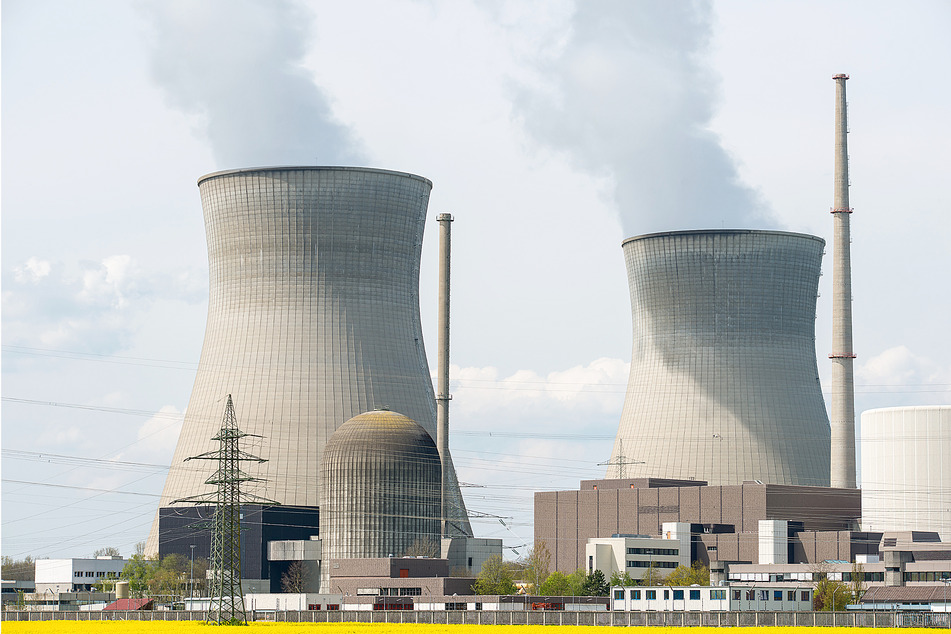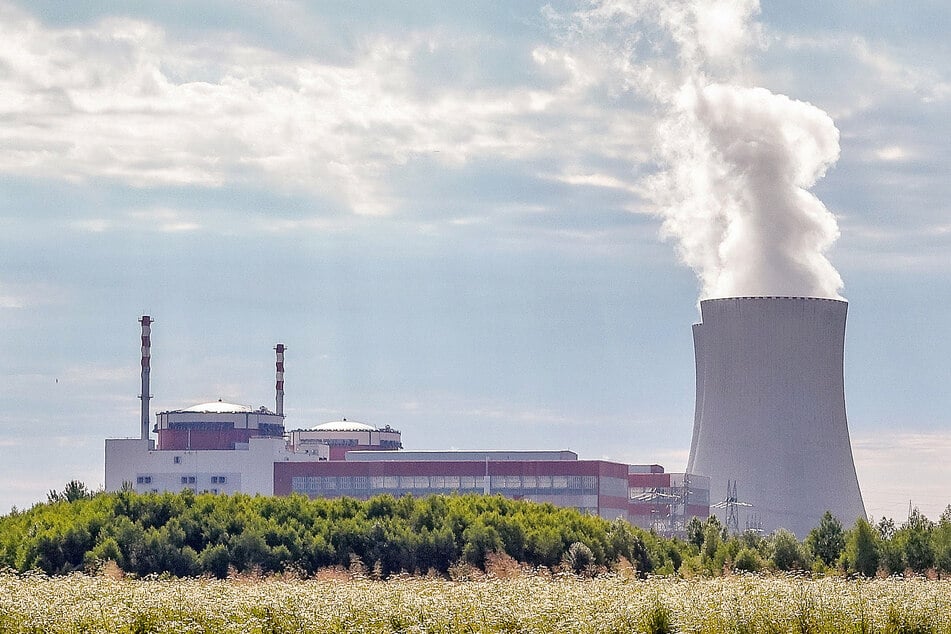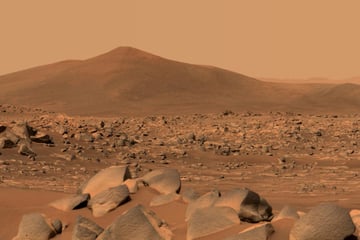Nuclear power: Could this climate puzzle piece help us ditch fossil fuels?
Washington DC - The climate crisis is challenging us to figure out how to get rid of fossil fuels this decade, but one workhorse of electricity generation is still the target of heavy debate: nuclear power.

Nuclear energy could be another piece of the climate puzzle, because it provides continuous electricity generation when renewable energies aren't able to pump out as much zappy juice.
So, how do nuclear reactors provide electricity?
Well, uranium, a radioactive element, is enriched and formed into cakes that are packed into reactors. There, they go through a chemical reaction that makes heat, which can turn water into steam.
That steam, in turn, is used to drive a turbine, and now you're generating electricity, according to the US Energy Information Administration (EIA).
And the EIA shows that nuclear power, which generated 20% of electricity in the US during 2020, has been around in the country since World War II.
Back in 1942, a nuclear physicist named Dr. Enrico Fermi set off a controlled nuclear reaction under the University of Chicago's football stadium.
Since then, nuclear power plants have sprung up all over the world, with the UK leading in terms of generation, followed by the US.
But even as the world gets a wake-up call from the Intergovernmental Panel on Climate Change that ditching fossil fuels has to happen right away, new nuclear projects are few and far between.
What's the over-under on nuclear power?

There are some great reasons to use nuclear reactors for electricity, like how they can generate power in the times of day or night when other renewable sources can't generate.
If the wind isn't blowing or the sun isn't shining on solar panels, nuclear power can and does supply energy grids with electricity.
It also has a very low carbon footprint, even when emissions from building a nuclear power plant, and mining and transporting its uranium fuel are taken into account.
Research published in Nature Energy looked at the lifetime CO2 emissions from wind, solar, and nuclear power, and found that all three are astoundingly low.
But nuclear reactors are a seriously controversial topic, with critics pointing to nuclear waste and the potential for repeats of accidents like the ones at power plants in Fukushima, Japan, Three Mile Island in the US or the mother of all nuclear disasters – Chernobyl in Ukraine, where a meltdown left behind a radioactive wasteland that we're still worrying about today.
And real geographical risks do mean that nuclear power can't just be built everywhere.
Places like the San Andreas Fault line in California would be a terrible idea for new reactors, since you don't want a chance of an earthquake damaging a reactor and causing spillage of its cooling pools or radioactive fuel.
That fuel produces radioactive waste when burned, which can be dangerous to us for thousands of years.
But, as YouTuber and freelance researcher Kyle Hill explains, the most dangerous waste is stored at nuclear power facilities in ceramic and concrete casks that are actually safe enough to store outside, and can withstand getting hit by a freight train. But far from all waste is safely stored, and scientists have been sounding the alarm about some old containers already leaking.
"It’s a societal problem that has been handed down to us from our parents’ generation," Gerald S. Frankel, a materials scientist at the Ohio State University, told Chemical & Engineering News in 2020. "And we are more or less handing it to our children."
Until the solutions to at least some of these problems are properly implemented, the debate around nuclear power will go on.
Cover photo: 123rf/ake1150
